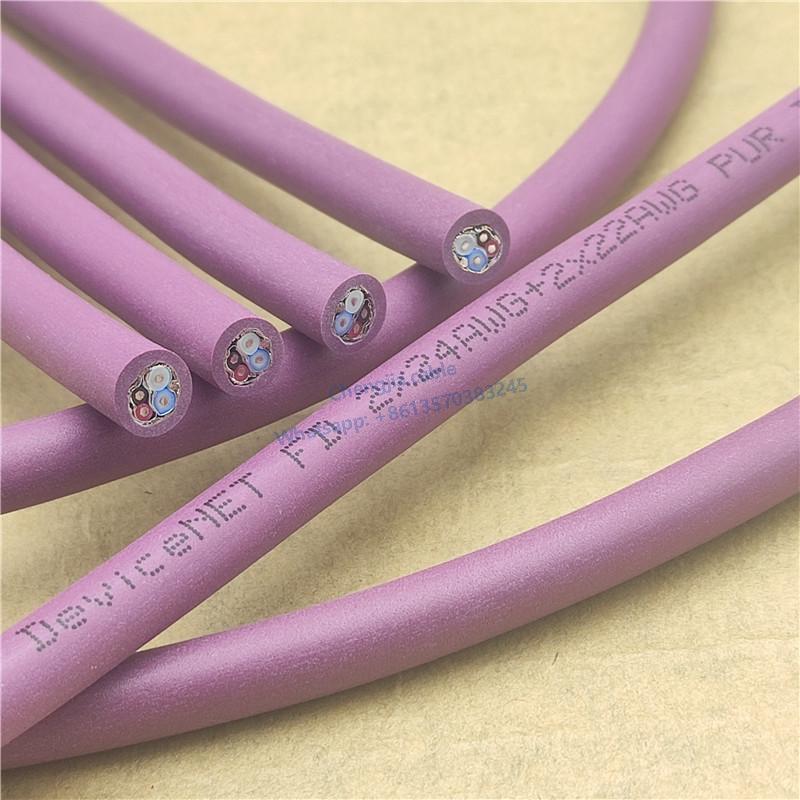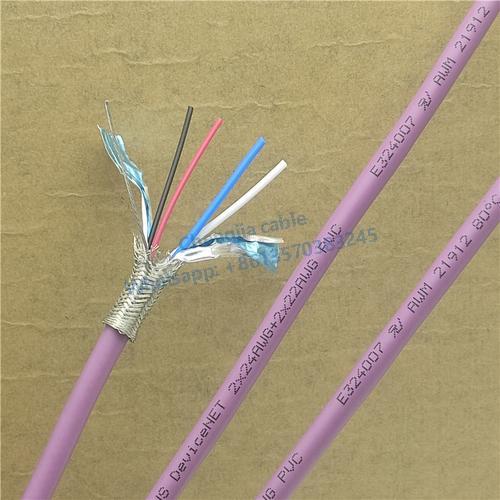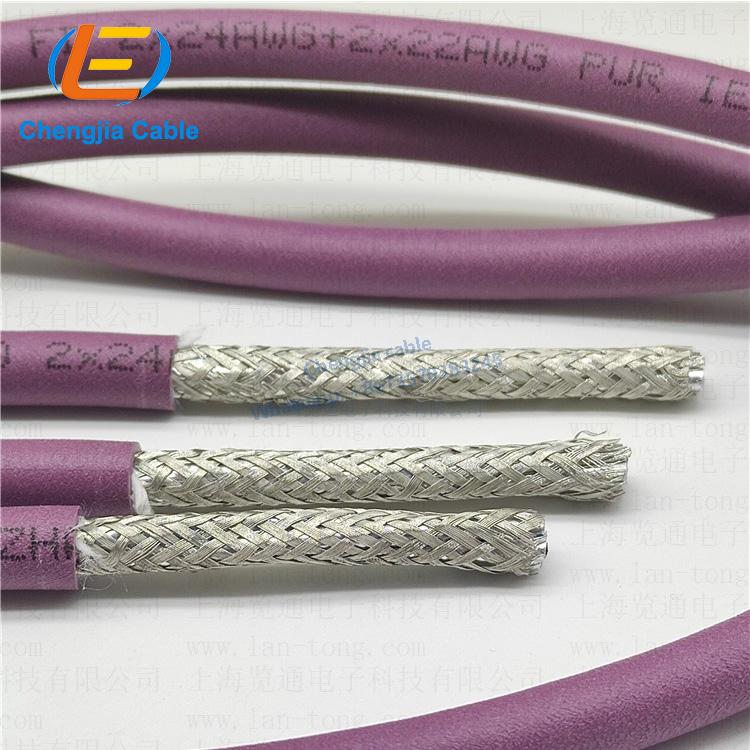Devicenet Bus Cable inherits many features from CAN (Controller Area Network), which is a well-designed communication bus primarily used for real-time transmission of control data. The main characteristics of DeviceNet include:
Short frame transmission with a maximum of 8 bytes of data per frame.
Non-destructive bit-wise arbitration technology.
Support for up to 64 nodes on the network.
Data transmission rates of 125 kbps, 250 kbps, or 500 kbps.
Point-to-point, multi-master, or master/slave communication modes.
Utilization of CAN's physical and data link layer protocols.
DeviceNet leverages these features to provide a robust communication platform suitable for industrial automation applications, ensuring reliable and efficient data exchange among connected devices.
DeviceNet bus cables are an open network standard with open specifications and protocols. Suppliers connecting devices to systems do not need to pay for hardware, software, or licensing. Any organization or individual interested in DeviceNet technology can obtain the DeviceNet specifications from the open DeviceNet Vendor Association (ODVA) and join ODVA to participate in technical working groups that enhance the DeviceNet specifications. Many of DeviceNet's features are derived from CAN, a well-designed communication bus primarily used for real-time control data transmission. Key features of DeviceNet include: short frame transmission with a maximum of 8 bytes per frame; non-destructive bit-wise arbitration technology; networks capable of connecting up to 64 nodes; data transfer rates of 128kb/s, 256kb/s, and 512kb/s; point-to-point, multi-master, or master/slave communication modes; and utilization of CAN's physical and data link layer protocols.
Benefits of DeviceNet bus cables include:
Increased design flexibility by providing unlimited I/O port capability through network data streaming.
Enhanced interoperability and plug-and-play capability.
Improved process data management.
Support for peer-to-peer or master/slave configurations.
Improved throughput and repeatability as a result of faster response processing elements.
Includes implicit diagnostic information in position scaling and pre-event and alarm notifications.
Extended intervals between scheduled maintenance in diagnostics.
Reduced installation costs by simplifying wiring, avoiding potential error points, reducing required documentation, conserving labor resources, and saving installation space.



Product structure:
Conductor material: multi-strand tinned copper wire
Insulation material: PVC (power line), special foamed PE (data line)
Core structure: twisted pair wire color red/black (power line pair), blue/white (data line pair) Thick cable power line specification: AWG 15 (1.5mm2) Thick cable data line specification: AWG 18 (1.0mm2); Thin cable power line specification: AWG 22 (0.34mm2); Thin cable data line specification: AWG 24 (0.25mm2); Shielding: aluminum foil line pair shield + external tinned copper wire braided shield
Outer sheath: flame retardant PVC or PUR
Outer sheath color: gray, black, blue
Technical parameters:
Data cable characteristic impedance: 1202
Working temperature: PVC: -20°C to +75°C PUR: -40°C to +80°C Working voltage: 500V Test voltage U: 1500V
Minimum bending radius: 7.5*D (cable diameter) for fixed installation, 15*D (cable diameter) for mobile installation Flame retardant properties: Complies with VDE 0472-804 Part B test standard and IEC60332-1
Contact: Mandy Dai
Phone: +86-13570383245
E-mail: sales@flex-cables.com
Whatsapp:0086-13570383245
Add: No. 12 building, No.46,Shilou Section,Shilian Road, Panyu District,Guangzhou, Guangdong,China
We chat